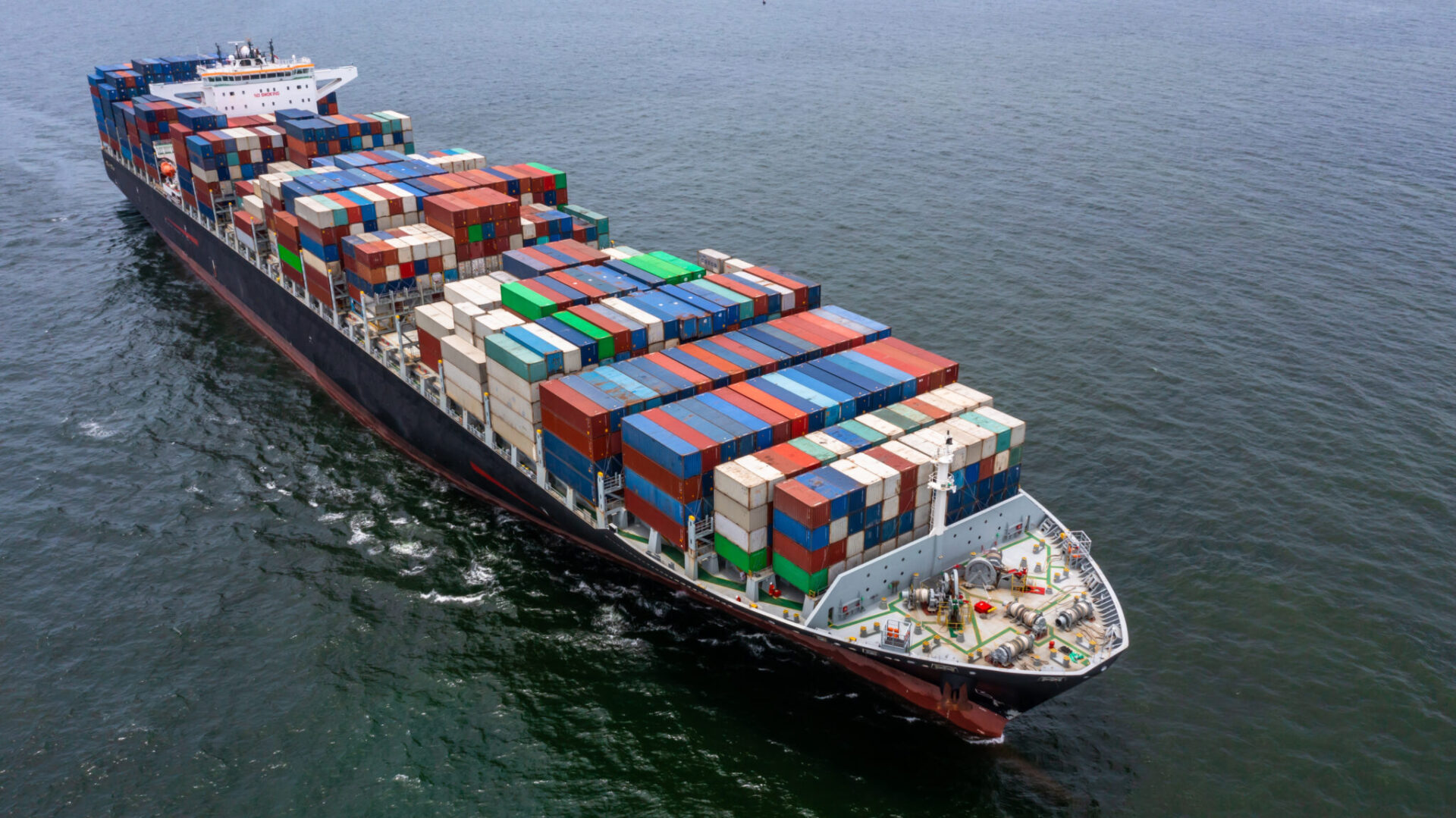In the world of logistics and supply chain management, the ability to adapt and respond to changing circumstances is crucial. Here’s where the concept of an adaptive warehouse comes into play. But what exactly is it, and how can it help businesses navigate the challenges of the modern supply chain? Let’s dive in.
The Dynamic Nature of Supply Chains
Today’s supply chains are more complex and volatile than before. Factors such as globalization, technological advancements, and shifting consumer demands create a fast-paced environment. These factors present a challenge and an opportunity for swift adaptability for businesses.
What are some examples of adaptive warehouse technologies?
- Mobile Sort Solutions: These help sort items in your warehouse more efficiently.
- Automated Picking Solutions: This automates the process of picking items from the warehouse, reducing errors and improving efficiency.
- RFID: Radio Frequency Identification (RFID) tags can be used to track inventory in the warehouse.
- Drones: Drones can be used for tasks such as inventory management and surveillance.
- On-Demand Warehousing: This model allows businesses to scale their warehousing needs based on demand.
- Warehouse Management Systems (WMS): WMS are scalable software solutions that manage and control the day-to-day operations in a warehouse. They enable the centralized management of tasks; such as tracking inventory levels and monitoring stock locations and movements.
- Assisted Picking Tools: Tools such as pick-to-light systems, voice picking tools, and automated picking robots help warehouse employees find and pick the correct SKUs in the correct quantities for each order.
- Mobile Robots (AGVs and AMRs): Automatic guided vehicles (AGVs) and autonomous mobile robots (AMRs) are used to transport goods within the warehouse.
- Automated Storage and Retrieval Systems (ASRS): ASRS are computer-controlled technologies that store, organize, and retrieve goods in the warehouse.
What are the Challenges that 3PL Experiences?
There’s no sugar-coating it – the challenges in the supply chain arena are real and permanent, at least for now. From global disruptions to fickle consumer behavior, a lot can throw a wrench in the works. But fear not! The adaptive warehouse can tackle these challenges head-on.
Some of these challenges include:
Supply Chain Disruptions:
A sudden strike, a natural disaster, or a global pandemic – all these can bring traditional warehouses to a grinding halt. However, adaptive warehouses, with their flexible layouts and advanced technologies, can pivot swiftly to ensure minimal impact on operations.
Fluctuating Consumer Demand:
Consumer preferences have grown to be increasingly unpredictable. An adaptive warehouse, using predictive analytics, can predict these changes like a seasoned fortune teller and adjust inventory levels and distribution strategies accordingly.
Market Volatility:
In a market that’s as unstable as a tightrope walker on a windy day, adaptive warehouses offer stability. They can scale operations as needed; providing a much-needed safety net.
The Role of Warehouse Agility
To navigate supply chain challenges, businesses need a more agile approach to warehousing. Warehouse agility refers to the ability of a warehouse to quickly adapt to changes as per demand and supply. This includes the ability to scale operations, reconfigure layouts, and implement new technologies as needed.
It also includes the use of advanced technologies for scaling and fine-tuning operations. This is where 3PL WMS software comes into play. This software provides the technological infrastructure needed to manage and monitor warehouse operations effectively. It enables real-time tracking of inventory, automation of various warehouse processes, and the generation of insightful analytics for decision-making.
By leveraging 3PL WMS software, businesses can transform their warehouses into adaptive hubs that can respond swiftly to supply chain dynamics. This helps improve operational efficiency while also enhancing customer satisfaction by ensuring timely and accurate order fulfillment.
A Solution to Supply Chain Challenges
An adaptive warehouse is designed to be flexible and responsive, which makes it capable of adjusting to changes in real-time. This adaptability can help businesses navigate market volatility and shifting supply chain challenges more effectively.
For instance, if a sudden surge in demand occurs, an adaptive warehouse can quickly ramp up operations to meet this demand. Conversely, if demand drops, the warehouse can scale back operations to prevent unnecessary costs. This level of responsiveness helps 3PLs grapple with the fast-paced, unpredictable market conditions.
How VeraCore Helps Your 3PL Thrive
VeraCore’s smart tools do all the hard work for 3PLs. All it takes is the initial setup to get things going. With VeraCore, you can grow your business adaptability and handle any challenge with ease. Rules-based automation allows plenty of customization which enables you to control all aspects of your warehouse operation and satisfy each of your clients’ requirements accordingly.


VeraCore is SaaS order and warehouse management software trusted by top fulfillment companies and 3PLs. Affordable, flexible, easy to use; VeraCore is everything you need to keep clients happy and run a lean operation.
With VeraCore, you can grow your business and handle any challenge with ease. Rules-based automation enables you to control all aspects of your warehouse operation and satisfy each of your clients’ unique requirements.
Hundreds of fulfillment service providers and 10,000+ fulfillment clients place VeraCore at the “core” of their business to get the job done right, for over 40 years.


